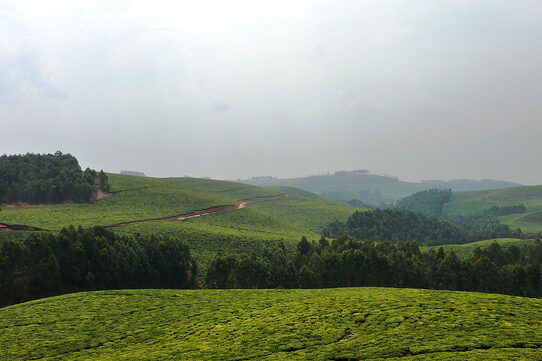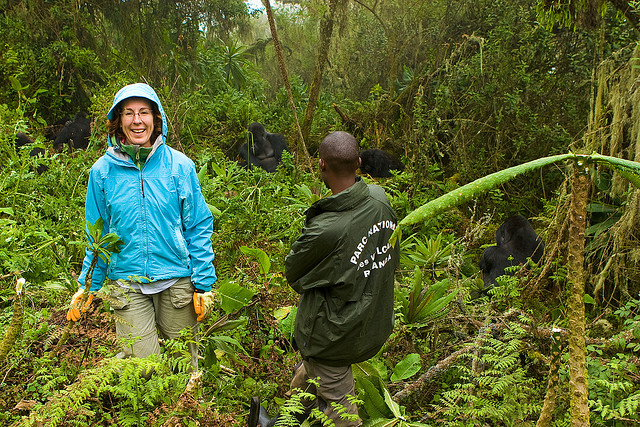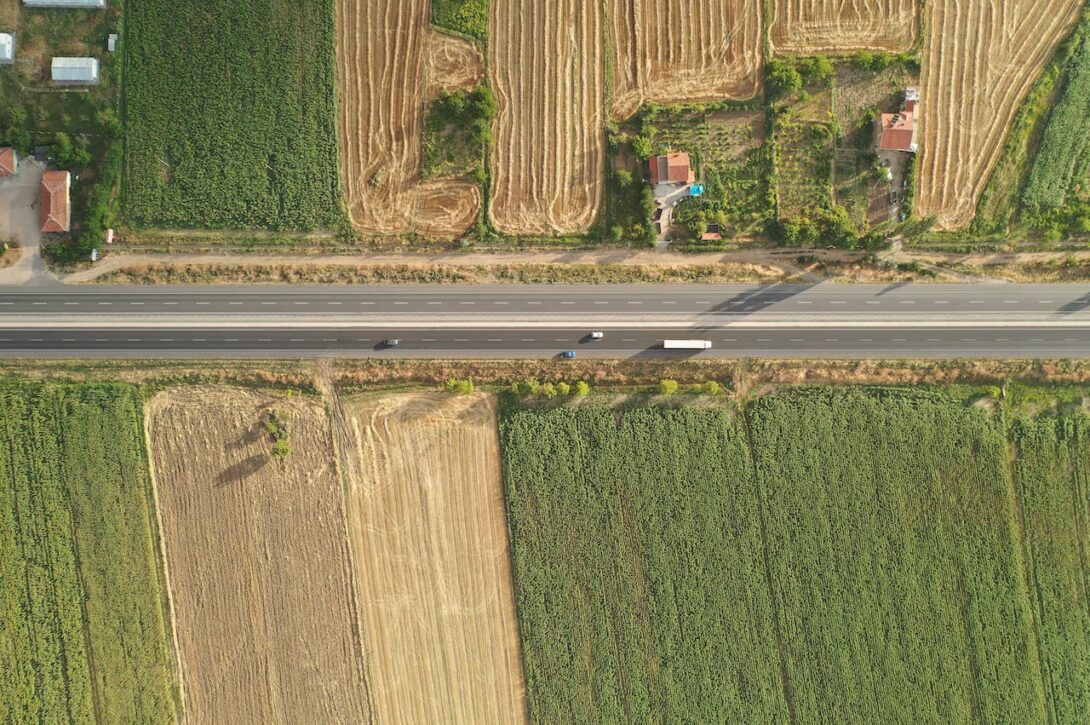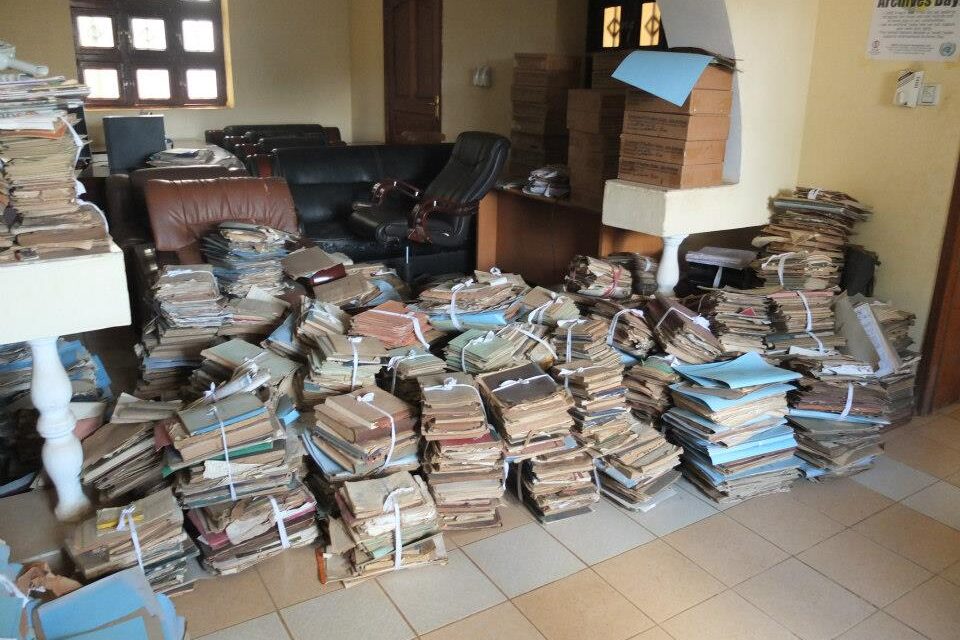Tag: broadband
News
- Articles from Policy & Internet
- Books
- Call for Papers
- Child Safety
- Collective Action
- Conferences
- Democracy
- Development
- Economics
- Education
- Environment
- Ethics
- Governance & Security
- Health
- Interviews
- Mapping
- Methods
- Policy
- Politics & Government
- Publications
- Social Data Science
- Submissions Closed
- Tools
- Video
- Wellbeing
-

Current alternatives won’t light up Britain’s broadband blackspots
—
Satellites, microwaves, radio towers – how many more options must be tried before the government…
-

A promised ‘right’ to fast internet rings hollow for millions stuck with 20th-century speeds
—
Tell those living in the countryside about the government’s promised “right to fast internet” and…
-

Examining the data-driven value chains that are changing Rwanda’s tea sector
—
in DevelopmentWhat role is new Internet connectivity playing in changing these sectors—which are often seen as…
-

Why haven’t digital platforms transformed firms in developing countries? The Rwandan tourism sector explored
—
in DevelopmentHave Rwandan firms been able to access online platforms? What impact has access to these…
-

Outside the cities and towns, rural Britain’s internet is firmly stuck in the 20th century
—
The quality of rural internet access in the UK, or lack of it, has long…
-

The economic expectations and potentials of broadband Internet in East Africa
—
Were firms adopting internet, as it became cheaper? Had this new connectivity had the effects…
-

Seeing like a machine: big data and the challenges of measuring Africa’s informal economies
—
in DevelopmentIn a similar way that economists have traditionally excluded unpaid domestic labour from national accounts,…
-

New issue of Policy and Internet (2,3)
We are pleased to present five articles focusing on substantive public policy issues arising from…

